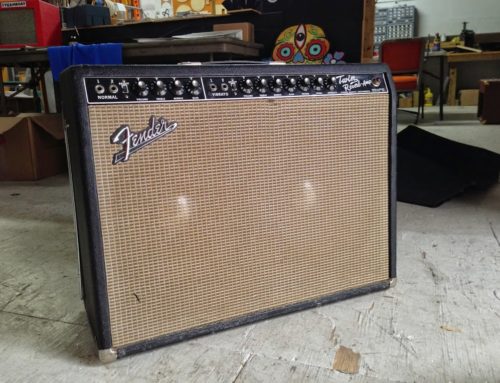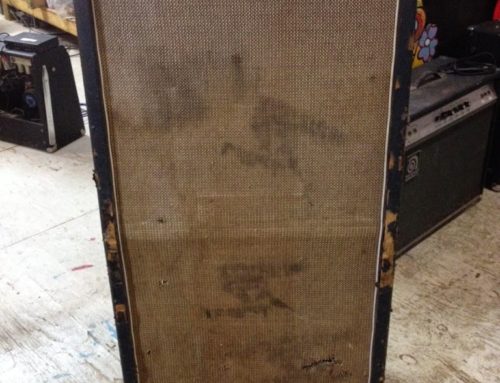Recently I acquired a Mini Max bandsaw. I was originally looking for a saw in the 14″ wheel size range, but this 18″ behemoth popped up at just the right time for a fair price. Luckily, the owner kept the 1980’s saw in great condition and it only needed some minor cleaning and set up, so I spent the afternoon taking her apart and getting everything tuned up.
First I popped the table off, of course while observing some safety rules! It was pretty easy to get the table off without removing the blade first, it was only attached to the cabinet with three allen bolts threaded through the trunnion (the carriage attached to the table allowing for angle adjustment). Don’t worry, the blade wasn’t under tension during this process. If you look just above the bottom cabinet, you can see the bottom blade guide, which sits between the bottom cabinet and the table (making on the fly adjustments impossible).
This Italian-made saw came with a “European” style top blade guide, which I had never seen before. I quickly fell in love with this blade guide – its extremely sturdy and it has an immense range of adjustment.
After cleaning the top with WD40, steel wool, mineral oil and slicked with silicone, the table was reattached. The right angle stop is located just above the power switch. This stop is just for quickly resetting the table back to 90 degrees after you’ve made an adjustment.
I used a try square to get the table just right (get it?). Turns out that the table itself is not flat. This was a little disappointing given Mini Max’s reputation, but I do not think it will significantly encumber the saw’s usability, and I was able to get 90 degrees on the left side of the blade.
With the table in place, the blade tensioned and the guides set correctly, this was the time to create a “zero-clearance” insert. Its truly bizarre that band saws have circular blade openings. Whereas it would take about 30 seconds to make a square insert, I had to take three or four minutes making a circular one. Sad day for this mover and shaker.
In all seriousness, a zero-clearance insert is a valuable safety measure on a bandsaw. If a small offcut fell into the opening while I had the saw on, it could easily bind underneath the table and break or dislodge the blade. I was able to make two inserts from a small piece of 1/2″ scrap.
After replacing the electrical plug to match my 220V service, I was ready to fire her up. I noticed at the maximum depth of cut (just around 12″) the blade guard will have to be removed. If you look closely you can see the top wheel rubbing against the guard inside the cabinet. If you are using the maximum depth of cut, there would be no reason for a blade guard in the first place, so not a big deal at all, really.
And that’s all she wrote! This is a very nice saw, it purrs like a kitten. Can’t wait to test some scarf joints and resawing (though I will certainly need a different blade for that job). Thanks for looking!
-Jake





